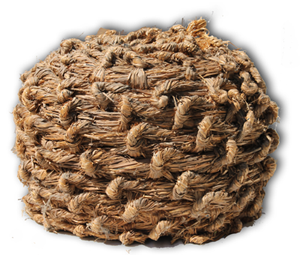What is breeding?
Honeybees have been kept by humans for production of honey, wax and other hive products for millennia. Since that time, human beings – consciously or unconsciously – select traits such as reproduction (swarming behaviour), productivity (honey yield) and tameness (defensive behaviour) into one or the other direction. Such a targeted and planned modification of the genetic characteristics of a population is referred to as breeding.
Breeders, Rearers, Beekeepers
Breeders (pedigree registered breeders) improve heritable traits of a breeder queen and her offspring. Rearers (commercial breeders) use breeder queens to produce young queens. Beekeepers keep bees for production of honey and other hive products. The collaboration of all production levels is important for maintaining productivity in beekeeping.
What are the goals of breeding?
A general goal of breeding is to maintain or increase the efficiency of animal production and to maintain or improve product quality for food processing and human consumption, taking account of the animal’s behavioural and health. From this general definition we can set three major goals for honeybee queen breeding:
- Increase of the efficiency of honey production: Strong honeybee colonies are more efficient, as they produce more honey at lower costs. This increase, however, must not go at the expense of honeybee health.
- Improvement of product quality by decreasing the necessity to apply veterinary drugs against the Varroa mite by selection of tolerance traits.
- Consideration of the behaviour of honeybees by setting the objectives in such way that honeybees can express a behaviour appropriate for the species, such as hygienic behaviour.
What can animal breeding achieve?
What can be achieved through continuous breeding can be seen in the table, which shows examples of different branches of livestock breeding. The achievements, obtained within a few generations, are remarkable. Since principles of livestock breeding also apply to honeybees, a similar progress should be expected. Breeding, However, is based on some universal principles, which cannot be neglected. For traits with low heritability (such as disease tolerance), only limited genetic gain can be expected with limited financial resources. Animal breeding cannot do wonders.
| Trait | 1975 | 1985 | 1995 | 2000 | 1975-2000 |
|---|---|---|---|---|---|
| Dairy cattle (Fleckvieh) – milk yield (kg) | 4.669 | 4.576 | 5.123 | 5.752 | +23% |
| Dairy cattle (Fleckvieh) – milkfat content (kg/t) | 194 | 188 | 213 | 239 | +23% |
| Pig (Landrasse) – back fat density (cm) | 2,6 | 2,2 | 2,3 | 2,3 | -12% |
| Pig (Landrasse) – loin surface (cm²) | 36,6 | 50,1 | 45,7 | 47,7 | +30% |
| Honeybee (Carnica) – honey yield (kg) | n.b. | 18,2 | 48,6 | 48,9 | 170%* |



